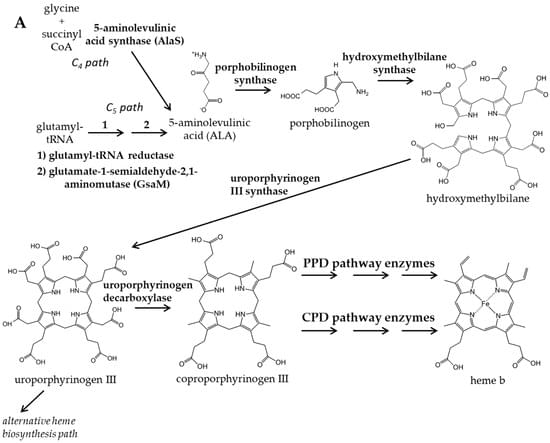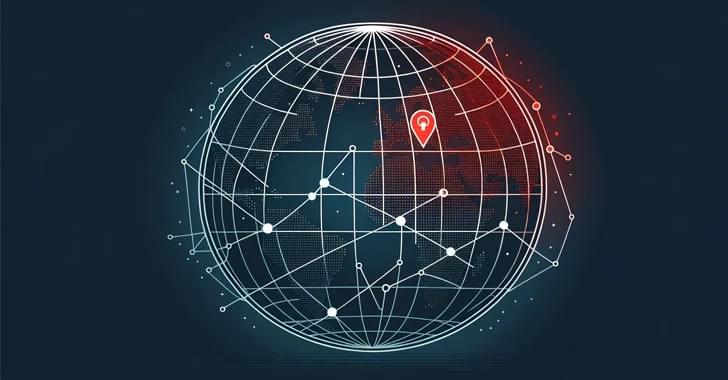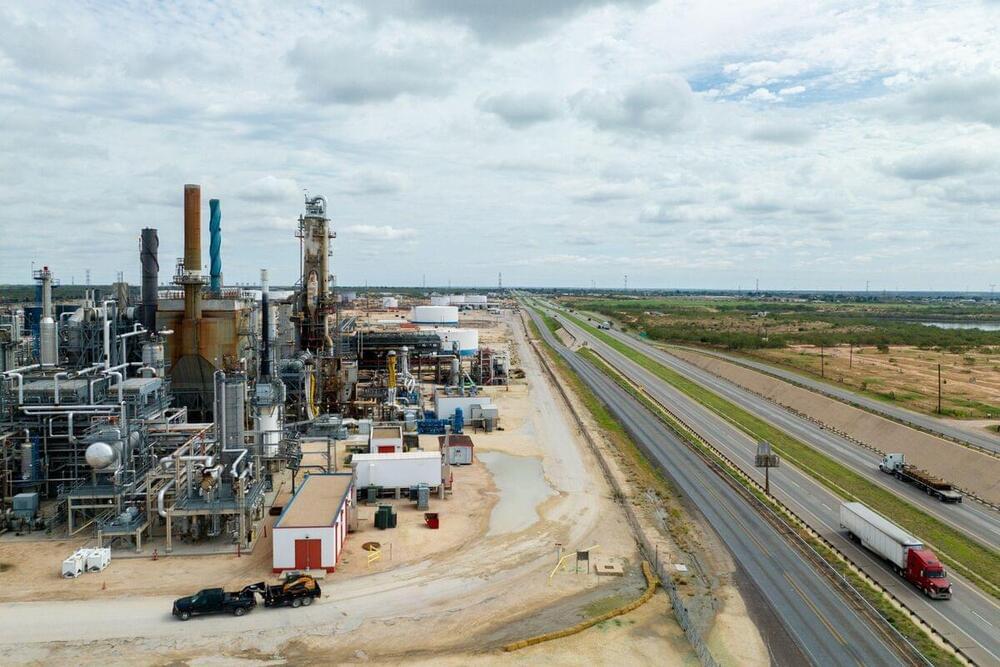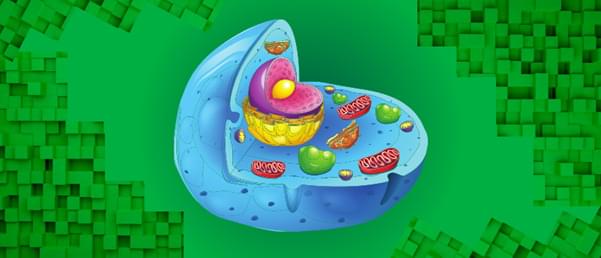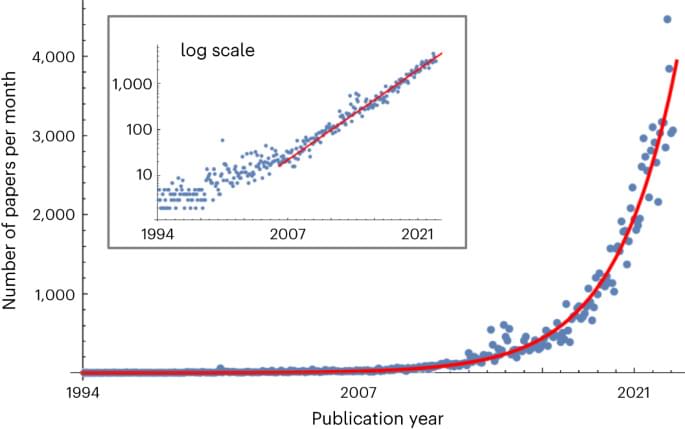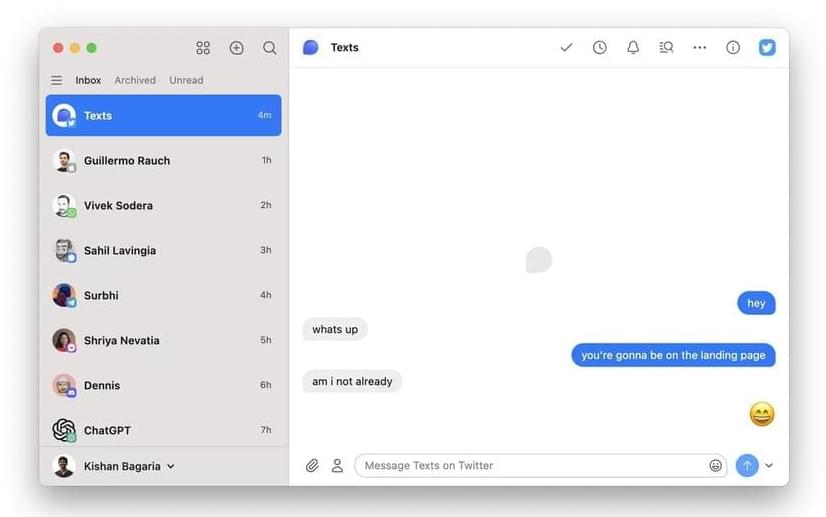Read now ➡️ by Laurie K. Jackson, et al.
Featured on the cover of Volume 12, Issue 7 (July 2022).
The article 👉
The issue 👉 https://t.ly/ROd3e
The final three steps of heme biogenesis exhibit notable differences between di-and mono-derm bacteria. The former employs the protoporphyrin-dependent (PPD) pathway, while the latter utilizes the more recently uncovered coproporphyrin-dependent (CPD) pathway. In order to devise a rapid screen for potential inhibitors that differentiate the two pathways, the genes associated with the protoporphyrin pathway in an Escherichia coli YFP strain were replaced with those for the CPD pathway from Staphylococcus aureus (SA) through a sliding modular gene replacement recombineering strategy to generate the E. coli strain Sa-CPD-YFP. Potential inhibitors that differentially target the pathways were identified by screening compound libraries against the YFP-producing Sa-CPD-YFP strain in comparison to a CFP-producing E. coli strain.
